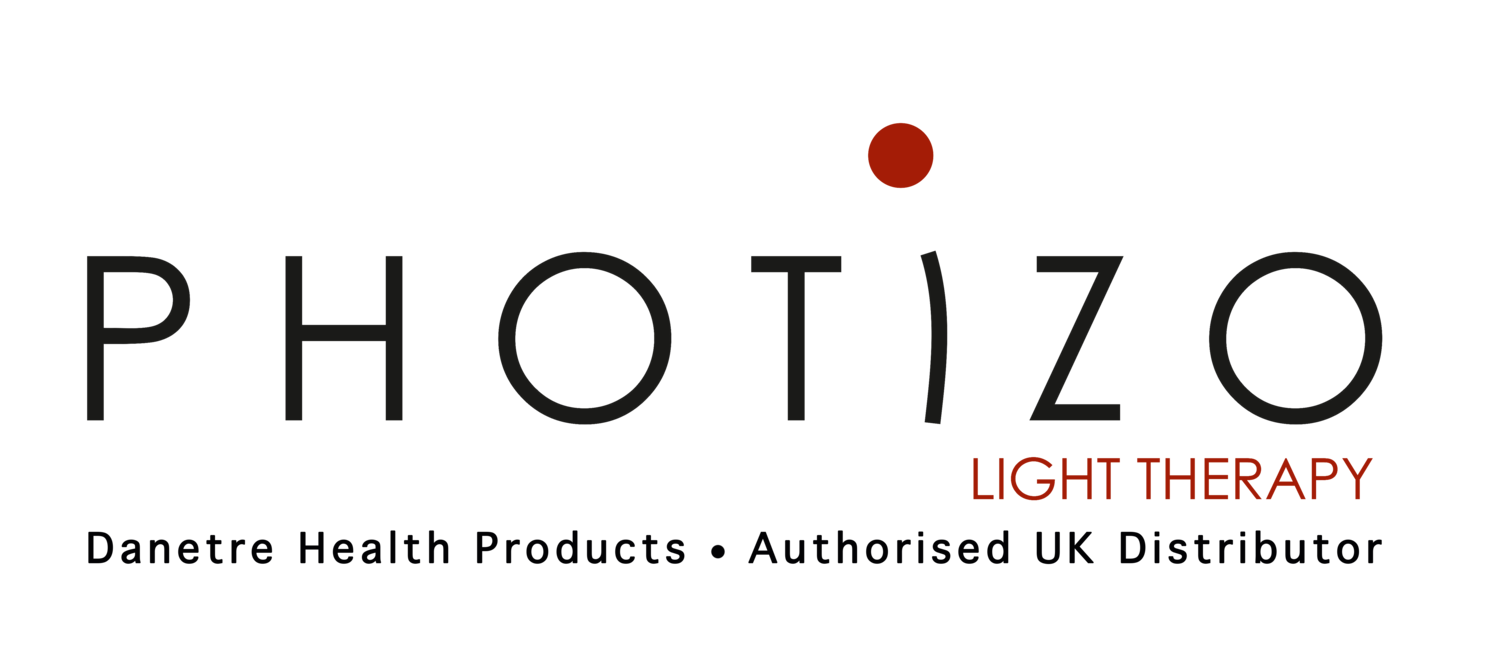Equine Rehabilitation: Analysing the Therapeutic Outcomes of Light Therapy Post Spinal Surgery
Equine rehabilitation is a critical component of post-surgical care, ensuring a successful recovery and long-term health for the horse. In this case study, we explore the integration of Photizo Red Light Therapy into an equine rehabilitation programme, assessing its impact on healing and recovery following spinal surgery.
Case Overview: Tink’s Journey to Recovery
Presenting Complaint
Tink, a 14-year-old Connemara pony, had been experiencing intermittent back issues for several years. When presented for assessment, he displayed a severe pain response along the longissimus dorsi, with signs of hypertrophy in the lower back and hip region. This suggested muscle weakness in the longissimus dorsi, leading to overcompensation by the lower back and hip flexor muscles, ultimately resulting in inflammation and discomfort.
Further assessment revealed pain on palpation along the thoracic vertebrae, with Tink displaying a dipping response to applied pressure. Additionally, his performance under saddle had declined, with signs of discomfort such as head tossing and bucking during transitions.
After seven days of monitoring—including static and dynamic assessments, thorough palpation, and various massage and bodywork techniques—it became clear that Tink’s condition required veterinary intervention.
Diagnosis & Surgery
Radiographs identified multiple sites of close or impinging dorsal spinous processes, commonly referred to as kissing spines. An initial attempt to manage the condition with steroid injections proved unsuccessful, leading to a referral for surgical intervention.
Tink underwent surgical transection of the ligaments between the affected dorsal spinous processes, creating more space between them and alleviating pain. Post-surgery, a structured rehabilitation plan was essential to facilitate optimal recovery and ensure Tink’s return to soundness.
Integrating Photizo Red Light Therapy into Rehabilitation
With veterinary consent, Photizo Red Light Therapy was introduced as part of Tink’s post-surgical rehabilitation. This non-invasive treatment was implemented alongside controlled exercise and bodywork techniques to promote healing, reduce inflammation, and support musculoskeletal recovery.
Week One
Initial rehabilitation at Howebrook included treadmill work and schooling.
Red Light Therapy applied every other day for 7 days, with no massage therapy during this period.
Five key points were targeted: longissimus dorsi, latissimus dorsi, and lumbar region bilaterally.
Double dose applied at each treatment point.
Tink responded positively, showing visible relaxation in his back muscles and improved overall posture.
Owner Feedback: 48 hours post-initial treatment, Tink showed notable improvements under saddle, particularly in forward propulsion and lateral flexion.
Setback: On Day 4, Tink sustained injuries while being tacked up, falling onto his back and suffering trauma to the mouth.
Red light therapy was applied daily for 5 days to aid healing of both the back and mouth.
Initially resistant to mouth application, but after two sessions, he became relaxed and cooperative.
Week Two
Red light therapy increased to 3 sessions per week, continuing with a double dose.
Massage and bodywork introduced (30-minute sessions) targeting the longissimus dorsi, lumbar, and hip regions.
Observations showed improved lateral flexion of the thoracic vertebrae and a reduced pain response on palpation.
Week Three
Red Light Therapy twice weekly (double dose).
Tink showed no more signs of reactive bucking and exhibited a more relaxed posture under saddle.
Significant improvements in flexion and general movement.
Week Four
Red Light Therapy reduced to once weekly (single dose).
Full hour massage/bodywork session incorporated.
No pain response on palpation.
Marked improvement in posture, muscle tone, and reduced inflammation in the lower back and hip region.
Comparative before and after photos demonstrated visible changes in muscle relaxation and posture.
Long-Term Rehabilitation Plan
Given Tink’s remarkable progress, his rehabilitation plan now includes:
Ongoing Red Light Therapy and massage/bodywork every four weeks.
Regular assessments to monitor for any musculoskeletal imbalances or discomfort.
Prompt veterinary consultation should any concerns arise in the future.
The integration of Photizo Red Light Therapy into Tink’s post-surgical rehabilitation has played a crucial role in his recovery, pain management, and long-term well-being. By reducing inflammation, promoting circulation, and relaxing muscle tension, this therapy has proven to be an invaluable tool for equine recovery.
For equestrians and horse owners looking to enhance their horse’s rehabilitation journey, Photizo Light Therapy offers a safe, effective, and non-invasive solution to optimise healing and performance.
Special thanks to IAAT member Shelley Mannion for this case study. You can learn more about her work on Instagram and Facebook.
Find out more about the Photizo Vetcare by clicking the link below:



